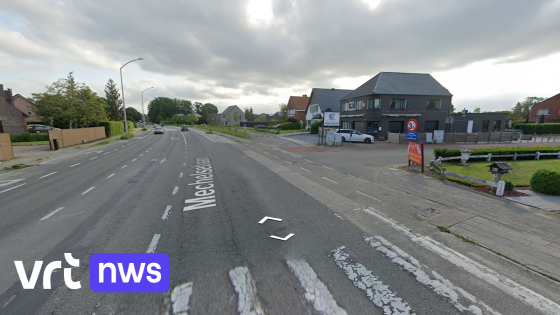The prosecution of artist Joost Pauwaert for prohibited weapon possession has sparked debate across Belgium. The case centers on a 2023 art installation where Pauwaert recreated two Napoleonic cannons that fired at each other at the Verbeke Foundation in Kemzeke, Stekene. This unusual legal matter reached a turning point on 2025-07-01 03:45:00, when the Ghent court delivered its verdict.
- Joost Pauwaert prosecuted for illegal weapon possession
- Artist built and fired Napoleonic cannons
- Court ruled cannons designed for military use
- Pauwaert received suspended sentence, no punishment
- Cannons declared unusable, no confiscation ordered
- Parket failed to start mediation process
Pauwaert, who spent five years developing the project, faced charges under Belgian weapons law after a judge launched an investigation following the artwork’s public unveiling. The artist had taken extensive safety measures, including constructing a 50-meter tunnel bunker to contain the firing. Yet, the authorities viewed the cannons as illegal arms despite their artistic intent.
What does this ruling mean for artists pushing boundaries in Belgium? Can creativity be criminalized when it involves historical weapon replicas? The court’s decision sheds light on these questions and offers clarity for the local art community.
The verdict highlights the tension between artistic expression and legal boundaries. While Pauwaert was found guilty, the court acknowledged his intent was not harmful, avoiding confiscation or punishment. This outcome raises important points for Belgian artists and authorities alike:
- Artworks replicating weapons can breach laws even if non-functional.
- Intent and context matter in legal interpretation of weapon possession.
- Legal frameworks may need adaptation to accommodate artistic innovation.
- Dialogue between artists and regulators is crucial to prevent “Kafkaesque” situations.
As this landmark case closes, Belgian artists and legal experts should collaborate to define clearer rules. How can the law better support artistic projects without compromising security? The conversation is just beginning, inviting all stakeholders to engage thoughtfully.
































